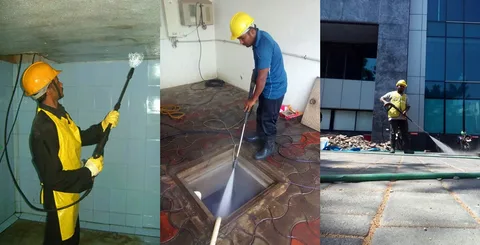Introduction: Concrete tanks serve crucial roles in various industries, from storing water to containing hazardous materials. However, over time, these structures are susceptible to wear and tear, leading to cracks, leaks, and structural weaknesses. Prompt and effective repairs are essential to maintain their integrity and functionality. In this article, we explore key strategies for ensuring durable concrete tank repairs.
Assessment and Diagnosis: Before commencing any repair work, a thorough assessment and diagnosis of the concrete tank’s condition are imperative. This involves inspecting the tank for visible cracks, assessing the extent of damage, and identifying underlying causes such as corrosion, chemical erosion, or structural fatigue. Utilizing advanced techniques like non-destructive testing can provide valuable insights into the internal condition of the tank, guiding repair decisions and ensuring comprehensive restoration.
Repair Techniques: Once the assessment is complete, selecting the appropriate repair techniques is crucial for achieving long-lasting results. Depending on the nature and severity of the damage, various methods may be employed, including crack injection, surface sealing, patching, and structural reinforcement. High-performance repair materials such as epoxy resins, polymer-modified mortars, and carbon fiber wraps are commonly utilized to restore strength and durability to the concrete structure. It’s essential to adhere to industry best practices and manufacturer recommendations to ensure the effectiveness and longevity of the repairs.
Preventive Maintenance: In addition to addressing existing damage, implementing a proactive approach to preventive maintenance is essential for prolonging the lifespan of concrete tanks. Regular inspections, routine cleaning, and corrosion protection measures can help mitigate potential issues before they escalate, minimizing the need for extensive repairs and downtime. Incorporating protective coatings, cathodic protection systems, and corrosion inhibitors can further enhance the resilience of concrete tanks against environmental factors and chemical exposure, preserving their structural integrity for years to come.
Conclusion: Concrete tank repairs demand meticulous planning, precise execution, and a proactive maintenance strategy to safeguard against deterioration and ensure long-term functionality. By conducting thorough assessments, employing effective repair techniques, and implementing preventive measures, stakeholders can uphold the durability and reliability of these vital structures, contributing to sustainable infrastructure management and operational excellence.




